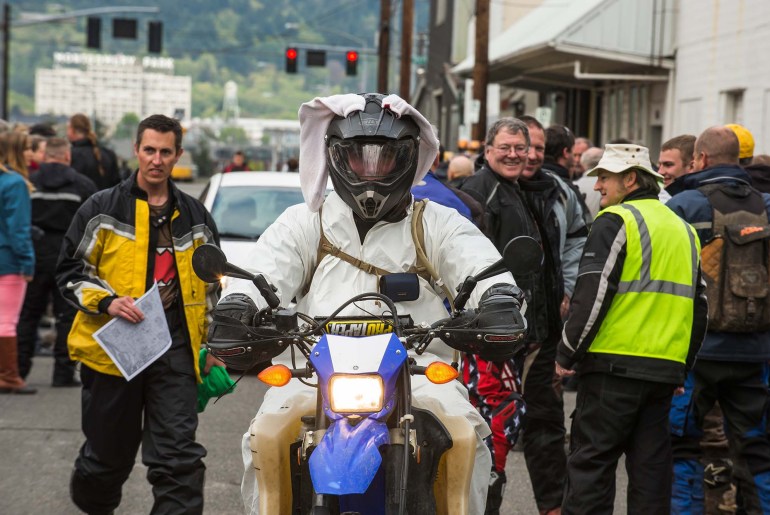The international press launch for the 2015 Ducati Multistrada 1200 is underway, and accordingly we have a mega gallery of high-resolution photos for you to ogle over. While the 2015 model looks much like its predecessor, Ducati says the adventure-sport machine is all new, from the ground up.
The chassis is new. The engine is the new 160hp Testastretta DVT motor, which has Desmodromic Variable Timing on both the intake and exhaust valves. And while the large-stroke of the styling cues are obviously similar, Ducati has changed the subtle strokes of the Multistrada’s design.
Like the Ducati 1299 Panigale, the new Multistrada comes equipped with an Inertial Measurement Unit (IMU), which aids the motorcycle in applying traction and stability control electronic systems.
Also, the Bosch MSC “cornering ABS” package is also standard on the new Multistrada, while other options include the LED “cornering” headlight, the Ducati Multimedia System, and other electric tidbits.
The ADV bike also comes in a variety of flavors, first base and “S” trim. The Ducati Multistrada 1200 then comes with five different flavors: Sport, Touring, Enduro, Urban, and D-Air — the latter of course being a collaboration with Dainese and its airbag equipped apparel, which is only available in Europe.
The base model starts at $17,700 while the “S” model has an MSRP of $19,700.
We have 111 high-resolution photos for you to peruse, download, and generally lust over — after the jump of course. Enjoy!











